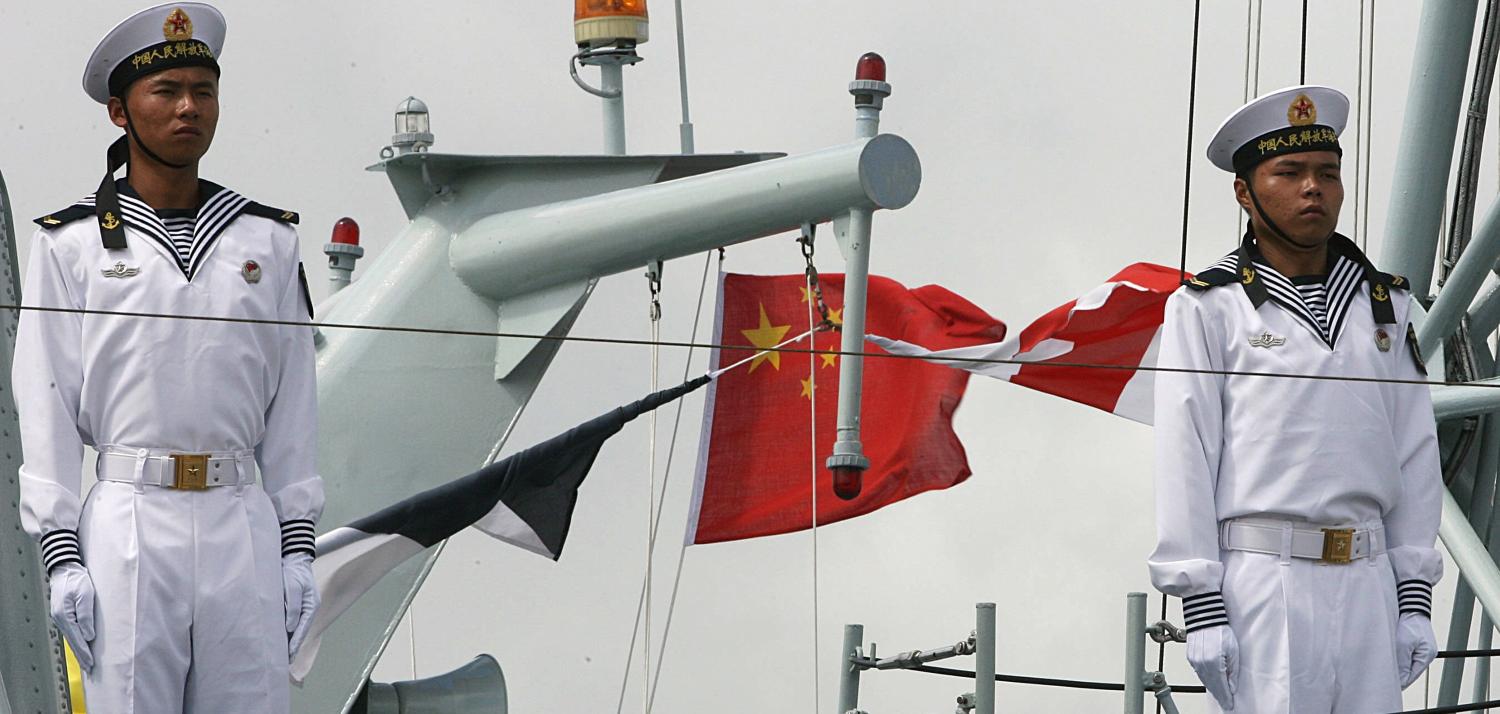The reports over the last few days that a Chinese naval intelligence gathering ship (designated an Auxiliary General Intelligence or AGI) has been observed monitoring the bilateral US-Australia Exercise Talisman Saber have contained some surprising elements. These include background comments by Australian 'defence officials' that the AGI 852 Haiwingxing’s presence is 'unfriendly' and 'provocative'. A political scientist similarly commented that China’s approach was 'more aggressive' than in the past.
It is unhelpful to describe such intelligence gathering deployments in these ways. As Defence’s statement noted, the Haiwingxing’s presence has not interfered with the exercise, while its operations in Australia’s Exclusive Economic Zone (EEZ) are not, according to our own national interpretation of the Law of the Sea, significant in themselves. In military terms, the Chinese auxiliary has the same rights to do its work within the EEZ as outside it.
Such surveillance operations are part of the normal operations of all major navies and the PLA-N is rapidly becoming a major navy in every way. Even during the Cold War, once a code of practice (the Incidents at Sea Agreement, or INCSEA) had been agreed to cover the operations of ships when in close proximity, such intelligence gatherers were viewed by both sides as being largely part of the scenery. China and other nations now have such a system in the Code for Unplanned Encounters at Sea (CUES), finally agreed at the Western Pacific Naval Symposium in 2014. The presence of an AGI may concentrate the mind – and bring a welcome increase in communications security and discipline when employing active sensors – but does not itself raise tensions.
The British aircraft carrier Ark Royal at one point included her accompanying Soviet AGI in the drop by helicopter of freshly baked bread, distributed daily to the carrier’s other escorts. Soviet merchant ships and fishing vessels also acted as intelligence gatherers during the Cold War. One very funny cartoon circulated for years around NATO of a Soviet fishing vessel AGI’s crew’s reaction to discovering that their ‘fishing nets’ had fish in them. Things got dangerous only when a surveillance unit was discovered to be going too far, as a British destroyer once realised when trying to retrieve a Soviet practice wake homing torpedo found in the Northern Fleet’s exercise areas. When it became apparent that a Soviet corvette was prepared to ram the British ship to prevent the recovery, discretion quickly became the better part of valour.
Haiwingxing’s deployment is much more significant in other ways, firstly because it is further confirmation of both the increasing reach of the PLA-N and of its developing ability to conduct multiple, widely-dispersed operations simultaneously. A three-ship task group is currently in the Baltic to exercise with the Russian navy, while in June visits were conducted to Pakistan and Australia by two other three-ship groups. Two transport ships are on their way to Djibouti with the elements of the new forward base that the Chinese are establishing in the port. The PLA-N may have been embarrassed by the reported Indian Ocean breakdown of the brand new guided missile destroyer leading its Baltic task group, but the fact that a sister ship was in area and could be immediately substituted for the disabled vessel speaks for itself. With reports of a Yuan class submarine deploying to the Indian Ocean, and the Chinese now willing to boast openly about the achievement of major advances in submarine propulsion, it is clear the PLA-N believes itself to be on the rise.
Second, the AGI’s deployment is significant in that it shows that the PLA-N has a choice between breathtaking (and unsustainable) hypocrisy and accepting that China’s attitude to intelligence gathering operations in its own Exclusive Economic Zone must change. The PLA-N with regional and global ambitions cannot afford the restrictions on its own operating envelope that holding to China’s existing interpretation of the Law of the Sea would mean. The more extensive its operations, the more that an international chorus pointing out the contradiction will be heard. This is just the sort of background noise that China could do without.
Thirdly, these and other deployments also mean, ironically, that other nations must be more active in asserting their rights under international law to be in such areas as the South China Sea (SCS), to conduct naval operations and to gather intelligence. With reports that President Trump has given the US Navy greater freedom of manoeuvre, this may be about to happen. Australia, with an SCS presence as a traditional contributor to South-East Asian maritime security dating back more than 70 years (and arguably much further than that), has its own decisions to make.
